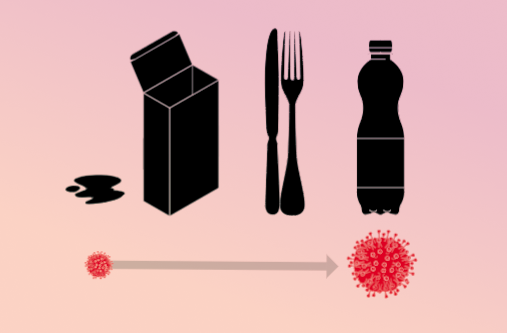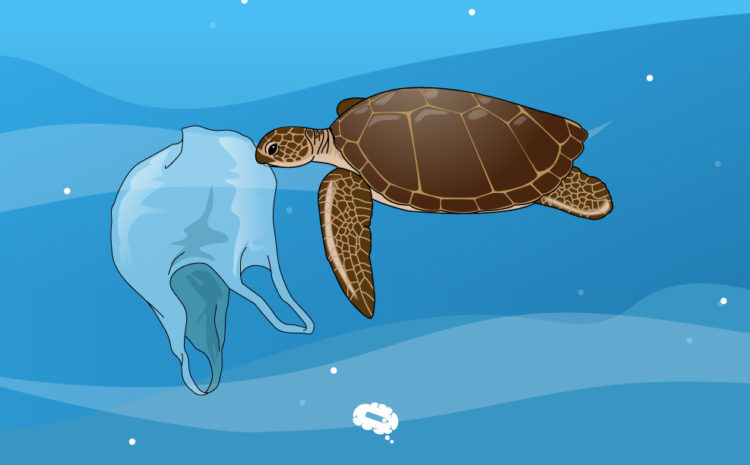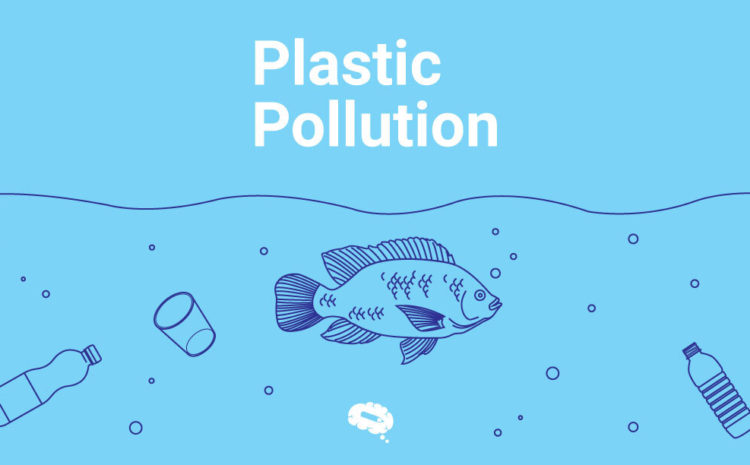The recent interest in coronavirus transmission due to Covid-19 pandemy motiveated several specific researchers with relevant translation to our everyday life. The paper entitled Aerosol and Surface Stability of SARS-Cov2 published recently in the New England Journal of Medicine teaches us something very relevant: how long does the coronavirus Covid-19 stay “alive” after leaving the body of an infected patient?
The answer depends on the type of material. The charts below show the amount of virus found in the surfaces overtime. This is called the virus “title” and is used to calculate the half-life, i.e. the amonunt of time it takes for the virus title to drop to the half. The speed of decay gives us an idea about how “viable” is the coronavirus Covid-19 in each surface. The less viable, the best…. for us, not for them.
The authors report testing of the virus viable half-life in aerosol (mimicking the spelled secretion during a sneez), in copper, cardboard, stainless steel and plastic.

According to the data reported, the coronavirus Covid-19 was more stable on plastic and stainless steel than on copper and cardboard, and viable virus was detected up to 72 hours after application to these surfaces.
The half-life of the viable virus is about 1h in aerosol or copper, 3h in cardboard and over 5h in stainless steel and plastic surfaces.
Conclusion is the plastic bottles in your fridge or the cuttlery may be the best place for the virus to stick, if someone on your family is assymptomatically contaminated and is infecting the others without knowing. Best advice is to stop sharing these items with the others, just to be on the safe side.
Other not obvious conclusion is that the plastic bag in the supermarket is probably more dangerous than the cardboard pizza box from the delivery guy… just guessing, but I think it makes sense.

In the regular surfaces used to carry items, the coronavirus Covid-19 does not remain viable after 24h. So, when you come back from the grocery store, supermarket or pharmacy, it may help to just leave the bags (or better, the boxes) unattended for one day and come later. It’s probably a lot safer,and particularly useful, if don’t want to wear gloves and clean each item you brought home.
Another important conclusion is that the coronavirus Covid-19 is probably spreading more than previous viruses from the same class due to intrinsic factors of its nature, including high viral loads in the upper respiratory tract and the potential for persons infected with SARS-CoV-2 to shed and transmit the virus while asymptomatic.
So, although the coronavirus Covid-19 sticks to certain surfaces, the bggest danger is clearly the direct contact with contaminated people. The coronavirus doesn’t stay viable for long in the aerosol, but sometimes, being close to someone it’s just enough. Be aware of the person coughing without a mask and don’t come closer to ask if he/she tested positive. It doesnt matter, better be safe and practice social isolation to prevent the coronavirus transmission. Alright?


Subscribe to our newsletter
Exclusive high quality content about effective visual
communication in science.




